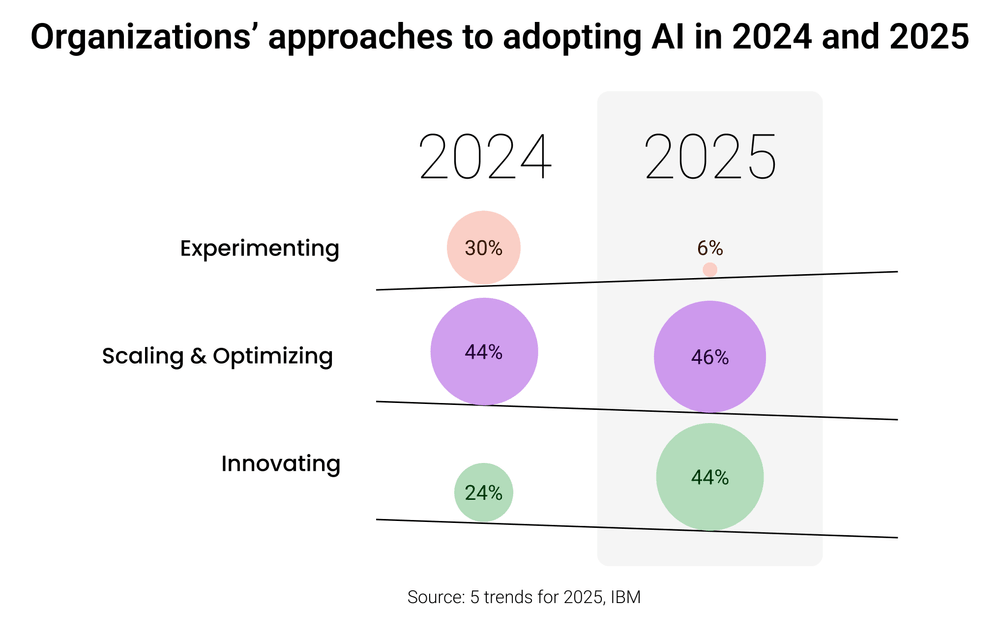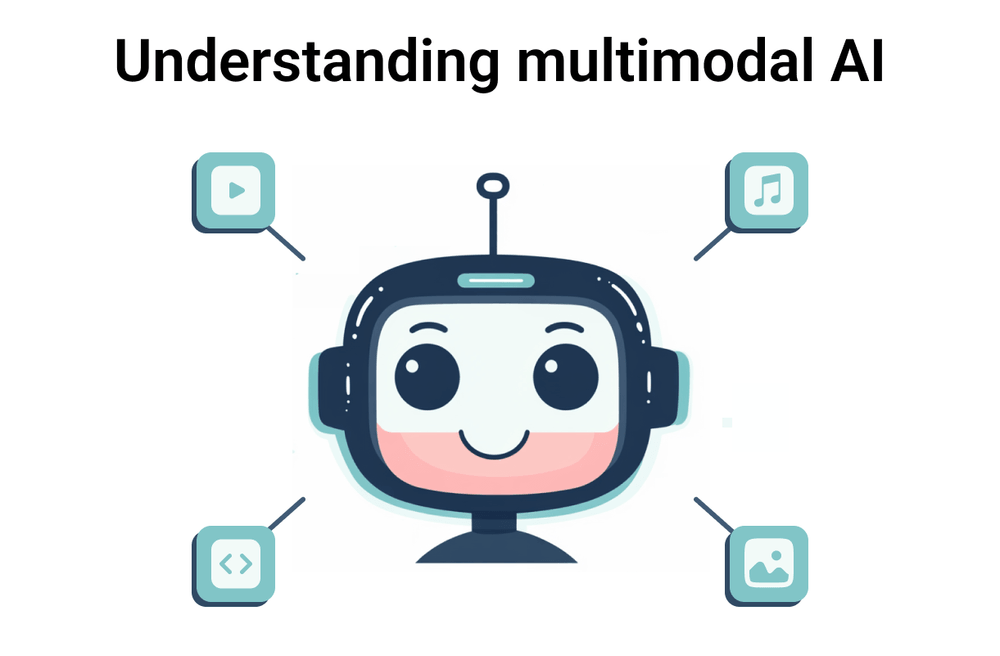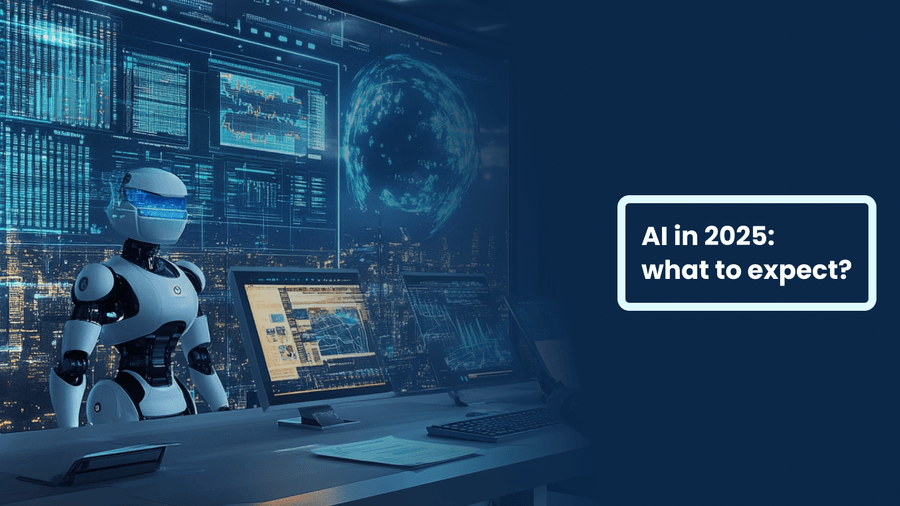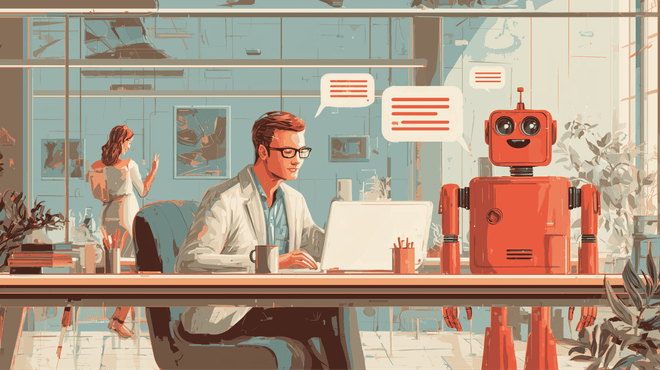For business leaders and decision-makers, the start of the year isn’t just about reflecting on the past – it’s about preparing for what’s next. And in a world increasingly shaped by technology, staying ahead means understanding where the market is headed.
AI has moved far beyond buzzwords. It is reshaping industries, redefining competition, and opening doors to entirely new opportunities. But what does this mean for 2025? What shifts should you anticipate, and how can you align your strategies with the next wave of innovation?
Here’s what you should know.
AI – a trend or the new normal?
Remember when AI was just something businesses experimented with, like trying out a new gadget to see if it worked? Those days are over. IBM’s research shows how businesses’ approach to AI is evolving. In 2024, 30% of executives admitted their organizations were still in the experimental phase, while only 24% were using AI to innovate and create new opportunities.
Fast forward to 2025, and the game changes completely. Nearly half (46%) expect to scale AI, embedding it deeply into their operations, while 44% see AI as a tool for innovation – helping them develop new products, services, or even entirely new business models. The number of companies still experimenting? Just 6%.

These shifts are also reflected in the market outlook. Statista projects the global AI market to reach $243.7 billion by 2025. This isn’t just about growth in numbers – it’s a signal that AI is becoming deeply embedded in how industries operate, from process optimization to creating entirely new revenue streams.
What does this mean for the future? As AI adoption matures, the trends emerging now hint at a more interconnected and strategic role for AI in reshaping industries. Let’s take a closer look at what’s on the horizon.
AIOps: the new navigator for IT complexity
As businesses race to integrate AI, their IT landscapes are becoming increasingly tangled. By 2025, more than half of tech leaders anticipate moderate to severe technical debt – a number set to rise to 75% by 2026 as AI solutions multiply. Managing this complexity is no longer a challenge you can solve with manual tools alone.
That’s why AIOps emerged as a new trend. In simple words, AIOps is the smart assistant for IT operations. Think of it as a navigator in a sea of data, steering organizations toward smoother operations. AIOps uses AI to deliver meaningful insights, fix issues automatically, and help teams make faster, more accurate decisions. It’s not just about making IT easier – it’s about unlocking better outcomes for businesses.
Still, embracing AIOps isn’t as simple as flipping a switch. To reap its full benefits, organizations need a solid foundation: reliable data, secure systems, and a mindset ready to adapt to this evolving technology.
Gen AI and democratization
Generative AI remains the frontrunner in 2025, but its real strength lies in accessibility. Tools like ChatGPT have already proven how powerful AI can be when placed in the hands of everyday users. Business teams worldwide adopted it quickly, making AI part of their daily routines.
Still, having access to AI isn’t enough. For companies to see real value, employees need more than tools – they need knowledge. Leaders must focus on teaching teams how to use AI effectively, enabling better decisions and fostering innovation. This includes providing training, ensuring security, and supporting employees in adapting to new workflows.
The result? A workplace where AI is not just present but practical, helping people at every level work smarter.
Agentic AI: where machines don’t just assist – they take charge
AI agents are predicted to be one of 2025’s biggest trends. Unlike traditional AI assistants, these agents can operate independently, making decisions, solving problems, and managing tasks – often beyond the scope of their original training.
What else sets AI agents apart? They’re granted specific permissions to handle more complex workflows. This allows employees to focus on higher-priority tasks while automation takes care of the rest.
AI agents are already being used in customer service, where they solve issues independently, and in finance, where they help make real-time investment decisions. As businesses look for smarter ways to work, AI agents are poised to become indispensable.
Multimodal AI – Swiss army knife businesses need
Multimodal AI is another trend for 2025. What is it? While many large language models (LLMs) handle only text, multimodal AI models can process and understand different types of data – audio, video, images, and text. This opens up a whole new world of possibilities for businesses and makes tools for search and content creation more intuitive and easier to integrate with the applications we already use.
Multimodal AI is already making waves in industries like education, design, and accessibility. It creates richer, more engaging experiences for users and pushes the boundaries of how we interact with technology.

AI usage is expanding beyond business
AI isn’t just for businesses anymore. In 2025, this technology is set to make a big impact in fields like science and healthcare.
Researchers, like those at Microsoft, are already using AI to create tools for predicting the weather, estimating carbon emissions, and supporting sustainable farming practices. This approach focuses on tackling climate change, showing how AI can help solve global challenges.
AI-powered solutions are also making their way into agriculture and healthcare. In farming, they help identify weeds, while in healthcare, they assist medical professionals in diagnosing patients. Though accuracy is still improving, these AI applications could speed up scientific discoveries and even lead to medical breakthroughs.
AI's rise brings regulation to the forefront
As AI continues to expand, managing its risks becomes more critical. In 2025, we can expect governments around the world to introduce and enforce stricter regulations on AI to ensure its responsible use:
The EU’s AI Act will fully come into force, with key deadlines: by February 2, prohibited AI practices, like real-time biometric surveillance and biased decision-making, must be withdrawn from the market. General-purpose AI models will need to comply with the regulations by August 2, 2025.
California will roll out additional AI laws, including bills that become effective on January 1, 2025. These address issues like AI-generated content, privacy, and healthcare applications, aimed at ensuring safety and protecting personal data.
Other regions, including the U.K., are also expected to introduce new AI regulations focused on powerful AI models and legal frameworks for AI training.
When is the best time to implement AI? Now
So, the trends for 2025 are clear and actionable:
- AIOps. AI-powered tools will help IT teams handle growing complexity and technical debt.
- Generative AI. Generative AI will remain a top priority for businesses, with the focus shifting towards democratizing its use across organizations. Enabling all employees to leverage these tools will drive productivity and innovation.
- AI agents. Businesses will seek more advanced tools than standard virtual assistants – AI agents capable of operating independently and taking on complex, decision-making tasks.
- Multimodal AI. Companies will show significant interest in multimodal applications that combine text, image, audio, and video data to unlock more versatile and impactful business solutions.
- AI in science and healthcare. AI will support breakthroughs in sustainability, agriculture, and medical research.
- AI regulation. Stricter rules worldwide will ensure AI is used ethically and safely.
These shifts highlight one thing: AI is no longer optional. It’s an opportunity to innovate and stay competitive.
Aristek can help you implement AI tailored to your business needs and make the future work for you. Contact us today to start your AI journey.




